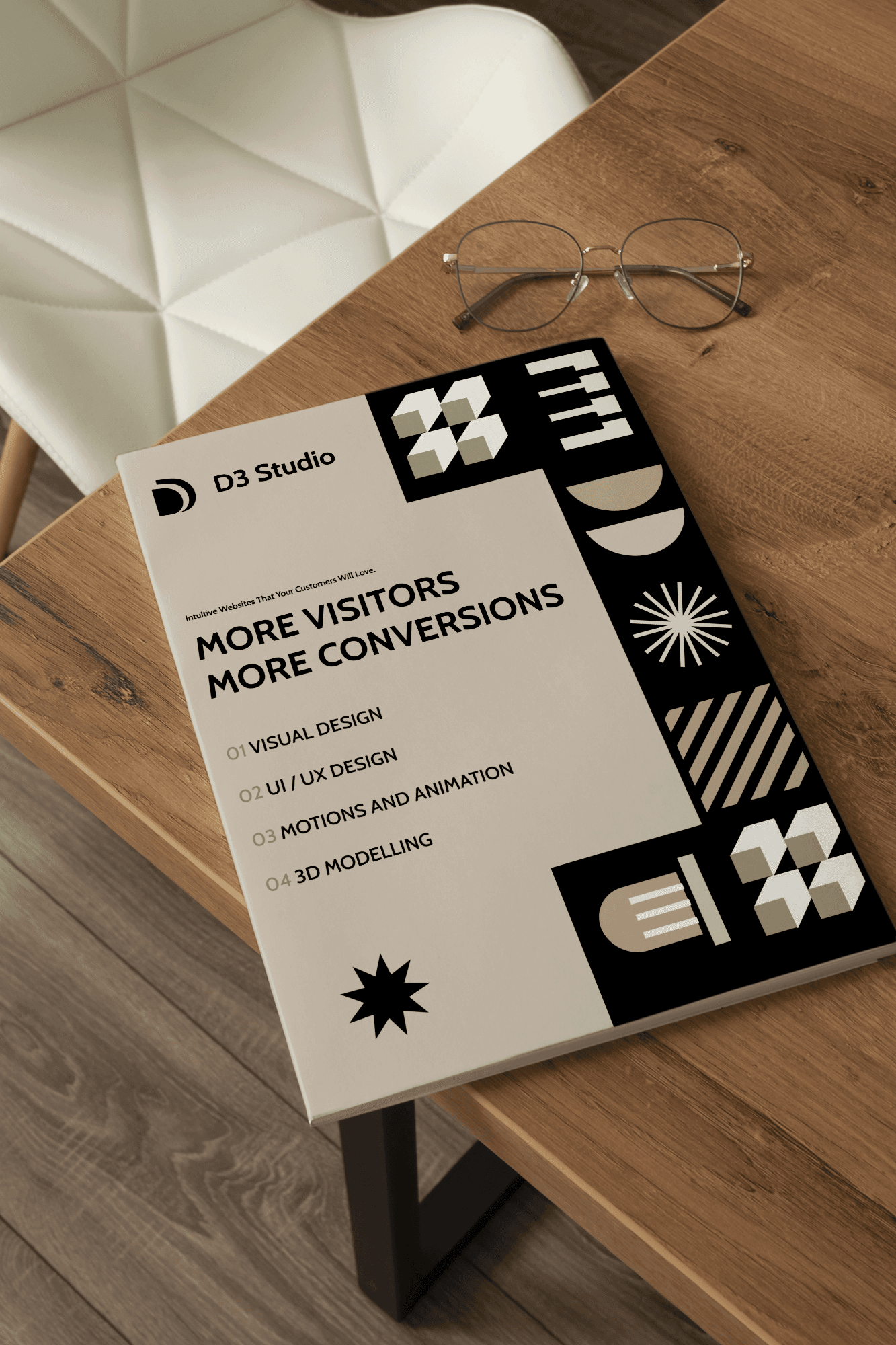Tue Jul 30 2024

When it comes to web development, the terms UI (User Interface) and UX (User Experience) design often come up. But what exactly do they mean, and why are they important? At D3 Studio, we believe that a great website is more than just a collection of pages—it's an experience. Let's dive into why UI/UX design is crucial for web development.
Basics of UI/UX Design
UI design focuses on how a website looks. It includes elements like colours, fonts, and layouts that make the site visually appealing. UX design, on the other hand, is about how a website feels. It involves creating a seamless and enjoyable experience for users as they navigate the site. While UI is concerned with aesthetics, UX is about functionality and ease of use. Together, they create an engaging and efficient user journey.
Why UI/UX Design is Important
User-Friendliness: Good UI/UX design makes a website easy to use, helping users find what they need quickly and without hassle, leading to longer visits and repeat visits.
Increased Engagement: Engaging design with interactive elements and intuitive navigation keeps visitors on your site longer, encouraging them to interact more with your content.
Higher Conversions: Effective UI/UX design can significantly boost conversion rates by guiding users smoothly through actions such as sign-ups, purchases, or inquiries.
Building Trust and Credibility: A professional, polished design builds trust and credibility, reinforcing brand identity and making the brand appear reliable and trustworthy.
Improved Accessibility: Good design ensures that websites are accessible to all users, including those with disabilities, demonstrating a commitment to inclusivity.
Enhanced SEO Performance: Effective UI/UX design improves SEO by reducing bounce rates and increasing engagement, making it easier for search engines to crawl and index your site.
Adaptability and Future-Proofing: Investing in UI/UX design allows for easier updates and improvements, keeping your website relevant and competitive as technology and user preferences evolve.
Differentiation from Competitors: A unique and memorable design sets your website apart from competitors, providing a superior user experience and encouraging users to choose your site over others.
By focusing on UI/UX design, you enhance the look, feel, functionality, and success of your website, making it a cornerstone of an effective digital presence.
Key Elements of UI/UX Design
Research: Understanding your users is the first step. Conducting user research helps you create personas that represent your audience’s needs and behaviours.
Wireframes: Before diving into design, wireframes serve as blueprints for your site. They outline the structure and layout of each page, ensuring a logical flow of information.
Visual Design: Choosing the right colours, fonts, and images is crucial. These elements not only enhance the aesthetic appeal but also align with your brand identity.
Usability Testing: This involves testing your site with real users to identify any issues. Feedback from usability testing helps refine the design to ensure it meets user needs.
Simple Tips for Better UI/UX
Keep It Simple and Clean: Use a minimalist design to avoid overwhelming users. Employ white space effectively to create a balanced layout.
Make Navigation Easy: Ensure clear and logical navigation with well-defined categories and descriptive labels. Include a search bar for easy access.
Prioritise Mobile Responsiveness: Design websites that adapt to all screen sizes, ensuring a seamless experience on desktops, tablets, and smartphones.
Consistent Design Elements: Maintain consistency in colours, fonts, and button styles to reinforce brand identity and simplify user interactions.
Focus on Readability: Use legible fonts, appropriate font sizes, and high contrast between text and background. Break up large text blocks with headings and bullet points.
Use Visual Hierarchy: Organise content using size, colour, and placement to guide users through the information, highlighting key elements like headings and CTAs.
Incorporate Feedback Loops: Gather user feedback through surveys, testing, and analytics to continuously improve the site.
Optimise Load Times: Improve site performance by compressing images, minimising code, and using browser caching to ensure fast loading times.
Include Clear CTAs: Design clear, action-oriented CTAs with contrasting colours and strategic placement to encourage user actions.
Regularly Update and Test: Keep the site updated with evolving trends and user preferences. Conduct usability testing to maintain a high-quality user experience.
These tips help create a visually appealing, functional, and user-friendly website, enhancing overall user satisfaction and engagement.
Conclusion
In summary, UI/UX design plays a vital role in web development. It not only enhances the aesthetic appeal of your site but also improves its functionality and user experience. At D3 Studio, we believe that investing in good design is investing in your success. By prioritising UI/UX design, you can create a website that not only attracts visitors but also engages and converts them.
Ready to transform your website with outstanding UI/UX design? Contact D3 Studio today and let’s create something amazing together.
#UIUXDesign #WebDevelopment #UserInterface #UserExperience #WebDesign #UserFriendly #MobileResponsiveness #WebsiteNavigation #VisualDesign #UsabilityTesting


